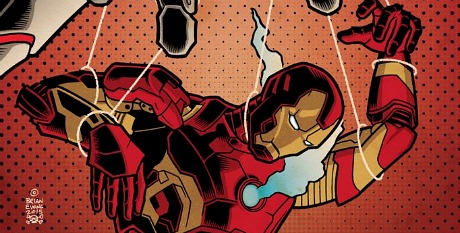“Even those who don’t count themselves among the transgender-prostitute-movie-shot-on-an-iPhone demographic will want to try Tangerine, an exuberantly raw and up-close portrait of one of Los Angeles’ more distinctive sex-trade subcultures. Centered around two sharply drawn transgender women (Kitana Kiki Rodriguez, Mya Taylor) who find the resilience of their friendship tested and affirmed over the course of one busy Christmas Eve, writer-director Sean Baker’s sun-scorched, street-level snapshot is a work of rueful, matter-of-fact insight and unapologetically wild humor that draws a motley collection of funny, sad and desperate individuals into its protagonists’ orbit. The result is a big-hearted, stripped-down yet technically innovative feature obviously destined for a limited audience, but it should be enthusiastically embraced on and beyond the LGBT fest circuit.” — from Justin Chang’s Variety review, 1.24.15. Costarring James Ransone (HBO’s The Wire). Tangerine opens theatrically and otherwise on 7.10.









